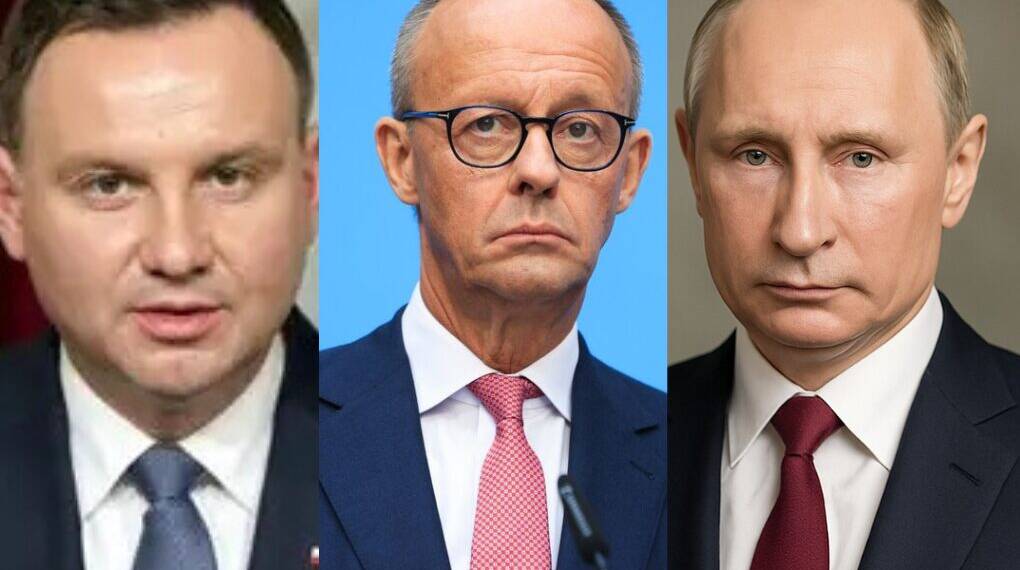In a move that signals growing NATO concern over regional security, Germany has deployed fighter jets to Poland for the first time, citing increased military activity by Russia and Belarus near NATO’s eastern flank.
The deployment comes as Moscow and Minsk conduct large-scale joint exercises close to the Polish and Lithuanian borders, which NATO officials have described as “provocative and destabilizing.”
Historic First for German Air Force in Poland
According to the German Defense Ministry, several Eurofighter Typhoon jets have been stationed at the Malbork Air Base in northern Poland, marking the first-ever deployment of German combat aircraft on Polish soil.
“This is not just a military maneuver — it is a clear signal of solidarity,” said German Defense Minister Eva Schulze. “Germany stands firmly with Poland and our NATO allies. Our presence here is meant to deter, not to escalate.”
The jets are expected to conduct air policing, joint patrols, and rapid response drills, working closely with the Polish Air Force.
Rising Tensions on NATO’s Eastern Border
The joint Russia-Belarus drills, dubbed “Union Shield 2025,” have raised alarms across Eastern Europe. Satellite imagery and intelligence reports confirm that the exercises involve heavy artillery, fighter jets, missile systems, and tens of thousands of troops — some within just 30 kilometers of NATO territory.
The Belarusian Ministry of Defense claims the exercises are purely defensive, aimed at repelling “Western aggression.” However, NATO leaders argue that the maneuvers simulate scenarios involving cross-border incursions and rapid mobilization, which mirror potential real-world operations.
Polish officials have also accused Russia of using Belarusian territory to test NATO’s readiness and sow instability near the Suwałki Gap — a strategic corridor between Poland and Lithuania that connects NATO’s Baltic states to the rest of the alliance.
NATO Responds with Show of Unity
The German deployment is part of a broader NATO response to rising tensions. Earlier this week, the U.S. sent additional reconnaissance drones to the Baltic, while the UK increased its naval presence in the Baltic Sea.
“NATO remains vigilant,” said Secretary General Jens Stoltenberg in Brussels. “We are closely monitoring the situation and are prepared to defend every inch of allied territory.”
NATO’s eastern members — including Poland, the Baltics, and Romania — have repeatedly called for a permanent allied presence on their soil in light of Russia’s continued military assertiveness.
Strategic Implications
Defense analysts suggest that Germany’s move reflects a significant shift in its traditionally cautious military posture.
“This is a watershed moment,” said Dr. Eliza Nowak, a security expert at the Warsaw Institute for Strategic Studies. “Germany is no longer content with playing a logistical or support role — it’s stepping into a frontline deterrence position.”
She added that the deployment sends a strong message to both adversaries and allies that NATO’s center of gravity is shifting eastward.
As the geopolitical chessboard of Eastern Europe becomes increasingly tense, Germany’s decision to send fighter jets to Poland underscores NATO’s commitment to collective defense — and its readiness to confront threats on its borders. With the Russia-Belarus drills still underway, eyes across the continent will be watching what comes next.







